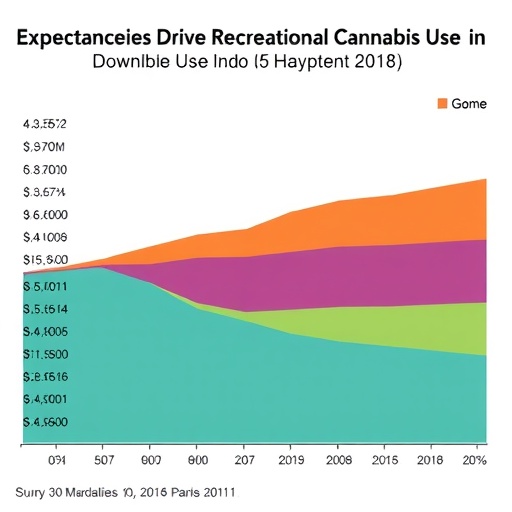This article by Dr. Antonio Di Stefano et al. is published in Current Topics in Medicinal Chemistry, Volume 18, 32 Issues, 2018
Stephano and his coworkers at the University “G. d’Annunzio” of Chieti, Italy, have reviewed the inhibiting potential of RNAIII Inhibiting Peptide (RIP) for the treatment of biofilm producing S. aureus infections.
Bacterial cells can grow in two ways, one as single cells or in the form of aggregates which normally form biofilms. Biofilms are mainly associated with the enhancement of virulence of the strains. This is because biofilms protect bacterial cells from antimicrobial agents as they are usually impermeable, while providing physical defense against the host’s own immune response and allowing bacterial cells to produce pathogenic toxins in larger quantities. Bacteria in biofilms are therefore able to survive by producing cells that can survive high antibiotic concentrations. Therefore, the use of traditional antimicrobial agents solely is not considered an effective treatment for the infections caused by biofilm producing strains.
Hospital-acquired and post-surgical infections, specifically due to the use of indwelling medical devices like catheters, prosthesis etc. are often associated with bacterial growth under the influence of biofilm formation by Staph. aureus.
By studying biofilms, researchers can devise treatment strategies to treat difficult and potentially life threatening bacterial infections. One such strategy is to prevent the formation of biofilms. Bacteria are able to form biofilms through a cell-cell communication process known as quorum sensing (QS).
Quorum sensing was discovered to be mediated by RNA-III activating peptide (RAP) and its target protein, TRAP. Disrupting this interaction results in a decreased adhesion of bacterial cells to each other which further leads to a disruption in the biofilm formation cycle. Unable to form a biofilm, bacteria are therefore unable to produce as much toxins while being more vulnerable to the host’s defenses.
RNA-III inhibiting peptides (RIPs) and their derivatives are considered as a potential tool for disrupting this quorum sensing mechanism in S. aureus.
Stephano et al. explain the process of biofilm formation and the proposed method of disrupting the process with RIPs and their derivatives. In addition, they present an overview of RIP structure, mechanism of action, in vitro/in vivo studies to treat infections, and RIP structure-activity studies. This treatise on the medicinal chemistry of RIPs gives the reader an insight into a new strategy that has the potential to treat chronic and complicated S. aureus infections.
###
This article is Open Access. To obtain the article please visit http://www.
Media Contact
Faizan ul Haq
[email protected]
http://dx.




